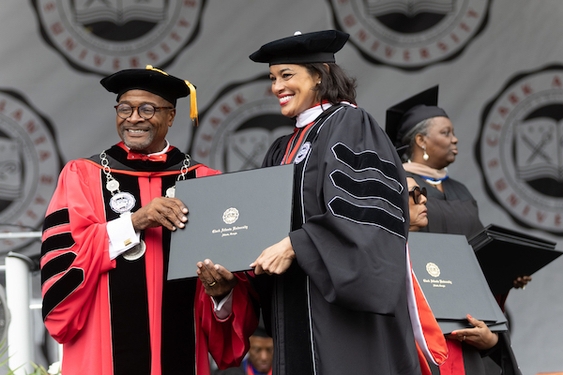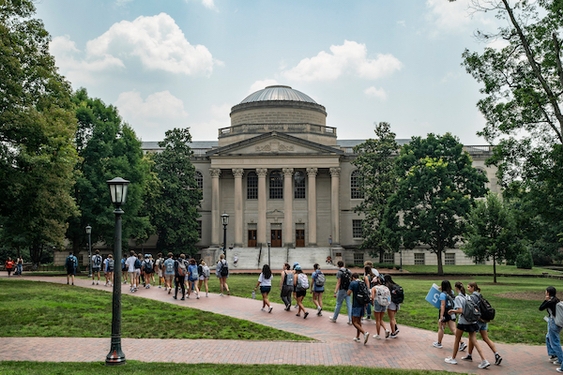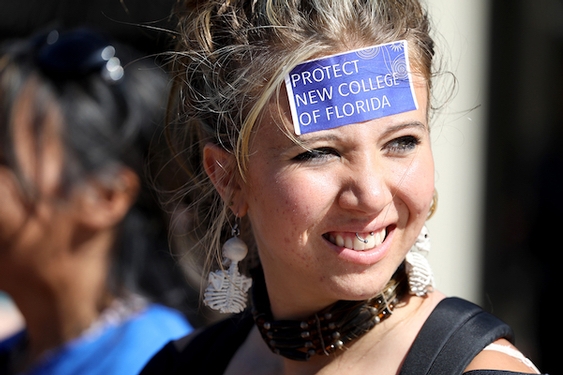Why is it that people, particularly college students, with STIs are made to feel so ashamed in our culture? Our generation, referred to as “generation speed” by ABC News, is all about instant gratification.
Whether it’s binge drinking or having sex without considering the consequences, college students are willing to take the risk. Sex, in particular, is an extremely powerful force in our society.
Music, movies and advertisements all use sex to get our attention. We may be a fast generation, but we are not stupid.
We know that risky behavior is not healthy and, while we may think it’s cool to “hook-up” with multiple people, most of us deep down cannot wait to find our own Disney prince or princess. So, is it our own internal guilt that makes us feel so ashamed?
Instead of condemning those who have been diagnosed with a STI we should be supportive and pleased by the fact that they have the courage to be tested. Yet, the societal scorn makes getting tested feel like a nightmare.
Surveying students, I discovered that college age girls are more afraid of the stigma associated with the results than the health issues associated with the disease. They would rather be ignorant than feel like a “slut” and receive treatment.
This is not just a perception, but a pervasive attitude. The majority of college students would be significantly less likely to date, flirt with or even get to know a member of the opposite sex if they were rumored to have a STI.
According to a recent survey by the Guttmacher Institute, among all new cases of STIs each year, nearly half occur among 15 to 24-year olds; in fact, 20 to 25 percent of college students have been diagnosed with a STI. Combine these statistics with information from the American College Health Association that states that less than half of sexually active college students reported using a condom in the past month, and nearly 10 percent of college students have had more than four sexual partners in the past year. Makes one a little nervous, right?
The point is not to point fingers, but to encourage students to get tested and get treatment, if necessary. The required health resources are readily available at a majority of universities around Los Angeles. At an university health center, a student can be tested for STIs, including HIV, talk to a volunteer about their concerns about getting tested or safe sex practices and even stock up on free contraceptives.
USC, for example, has an entire resource room dedicated to sexual issues. The room is welcoming, resembling a yoga studio with sofas and the staff is warm and trustworthy. Getting tested is easier than expected. I not only made the appointment, but also had the test done in less than two hours.
There were no judging looks or snide remarks, only a talkative doctor who insured me that the test would not be painful. The standard test is for chlamydia and gonorrhea, which both dangerously show no symptoms; however, many more specific tests are available.
The only fee is for the lab bill, which usually is around $20. The hard part is waiting those seven to 10 centuries, I mean days.











